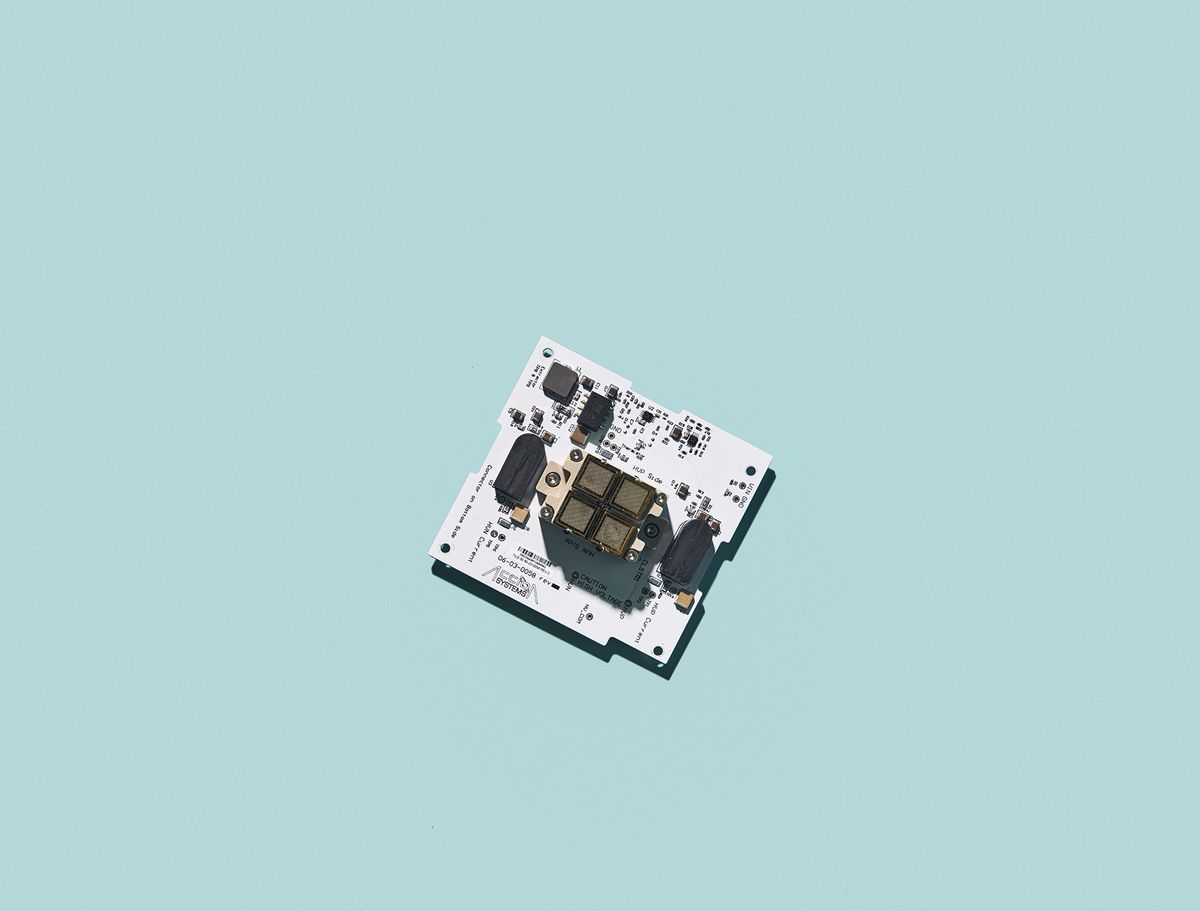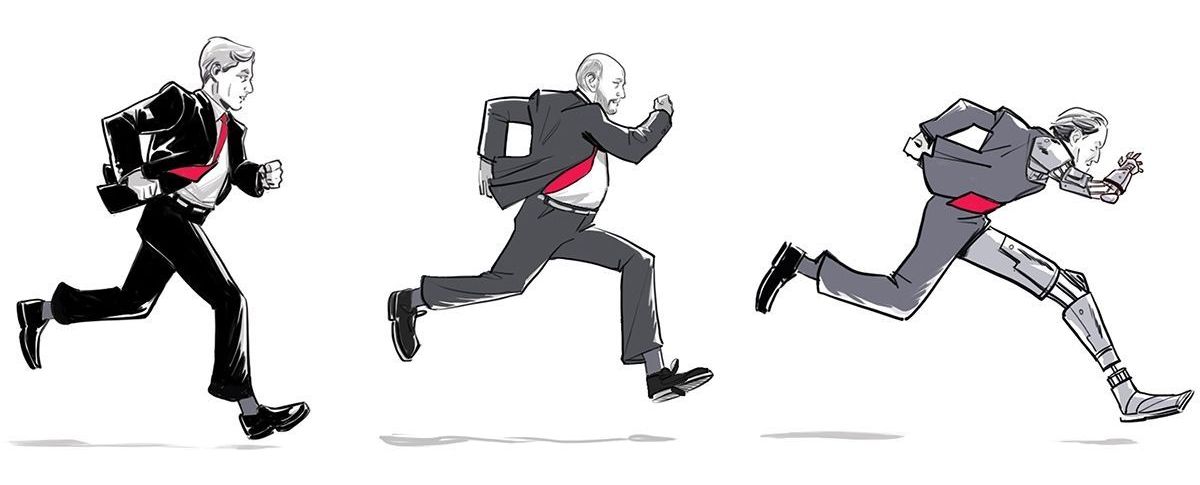For as long as she can remember, she’s puzzled over what’s out there. As a kid drifting off to sleep on a trampoline outside her family’s home near Portland, Ore., she would track the International Space Station. She remembers cobbling together a preteen version of the Drake Equation on those nights and realizing that the likelihood of intelligent alien life was something greater than zero. Star Trek marathons with her father catalyzed her cosmic thinking, as did her mother’s unexpected death when Bailey was 8. The house lost some of its order—some of its gravity—which led to more nights gazing skyward on the trampoline.
In college, Bailey got a hard-won paid internship at the now-merged aerospace giant Hamilton Sundstrand and joined a team repairing turbine engines. She hated it. “It was the opposite of pushing the envelope,” she says. “Nothing new ever went into that building. Nothing new ever left that building.”
By the time she set off to get a master’s degree in mechanical engineering at Duke University, the idea of logging 30 years at a place like Boeing Cor NASA had lost all appeal. She tried her hand at finance and later law, and was unlucky enough to excel at both. “I made it pretty far down that path, but then I thought, Wait, if I become a lawyer, then I’m a lawyer and that’s what I do,” she recalls. “What if I don’t want to do that on Tuesdays?”







